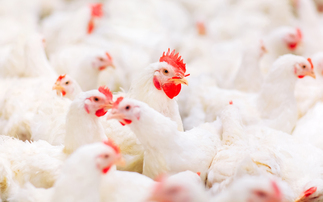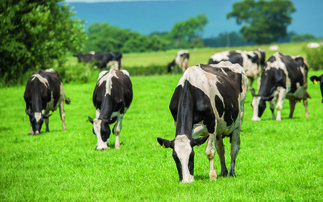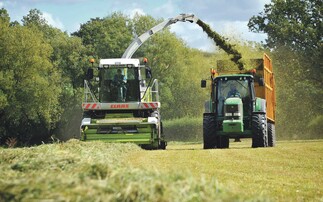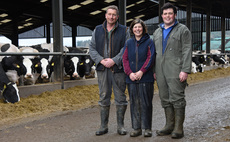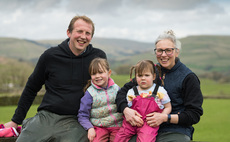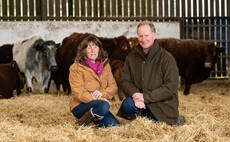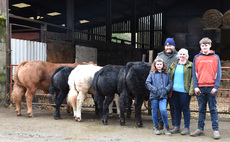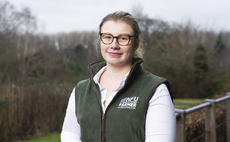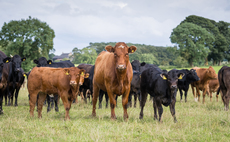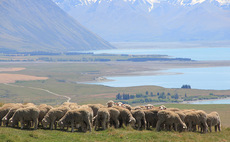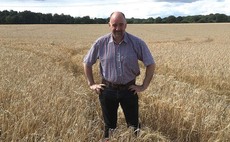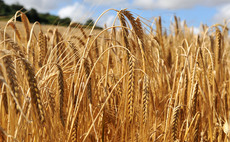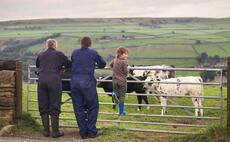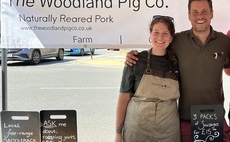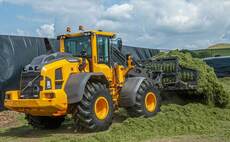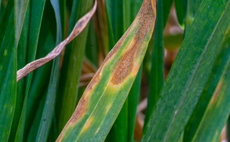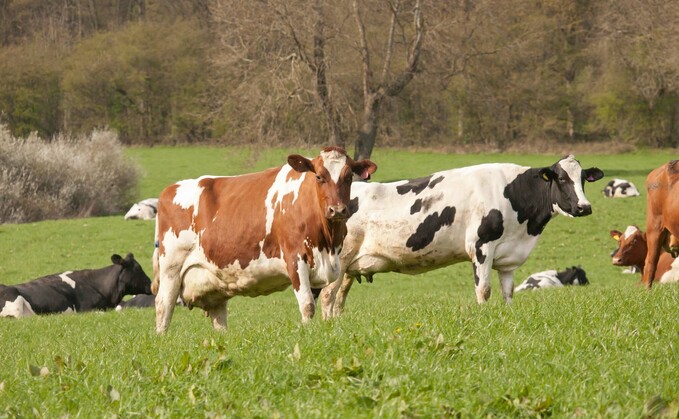
"This will be the seventh time the National BVD Survey has taken place. It gathers data from farmers and reflects the national and regional pictures across the UK which is useful to farmers, vets and policy-makers alike," says Dr Ailsa Milnes, ruminant brand manager for Boehringer Ingelheim.
"There is no other BVD information gathering exercise on this scale. With BVD remaining a health and financial issue for many beef and dairy herds, understanding what actions farmers are taking, and plan to take, is helpful as the findings will be shared nationally and with respondents directly."
As with previous years, the National BVD Survey 2024 is being carried out in collaboration with the regional eradication programmes in England, Wales, Scotland and Northern Ireland, along with the producer stakeholders in those countries, including the National Beef Association and RABDF.
Your chance to win
Its free to enter and after indicating which nation your farm is in, respondents will be directed to the relevant questions which relate to their national scheme. There is also a prize of 10 Beats Studio Buds True Wireless Bluetooth In-Ear Headphones with Active Noise Cancelling worth £160 up for grabs, so why not take a few minutes to enter?
Previous Results
"The 2021 survey gathered responses from 1,236 farmers with a split of 43% dairy and 57% beef; many also have youngstock on the farm," says Dr Milnes "Since it was run last time, there have been some significant changes for producers in both Wales and England and it will be interesting to see how this is reflected in the responses."
For Wales, funded testing under the Gwaredu BVD scheme ceased at the end of 2023. A voluntary scheme which differed from those elsewhere in the UK, it led with blood screening for antibodies at the same time as the herd's TB test. Over the lifespan of the project, the scheme carried out tests on 85% of farms with cattle in Wales and identified 1,582 suspected PI animals through testing 93,191 animals1. These animals were found on 1,296 farms with some farms having multiple PI animals and some having none. This work suggests that the percentage of positive farms dropped from 27% to 23%1.
Meanwhile, for producers in England in receipt of BPS payments, the Annual Health and Welfare Review, part of the Defra Pathway, offers a funded vet, with a focus on BVD for enterprises with cattle. These were launched during the summer of 2023 and while slow to get up-and-running, are now being utilised by farmers.
Changes
"I guess a fair question to ask is ‘why?'," says Dr Milnes, "Why are we running it again and what do we hope to learn?
"BVD remains one of the most important cattle diseases globally due to its high prevalence and wide range of symptoms that negatively affect health and productivity. Some of the more obvious effects of BVD are relatively easy to quantify, such as the direct losses associated with abortion, cost of treatment and veterinary care, and loss of livestock," she adds.
"However, it can be difficult to determine the economic outcome of the more insidious effects of BVD such as immunosuppression and poor milk quality in beef suckler herds. It is also important to keep in mind the different costs associated with endemic (long-term presence of BVD in the herd) versus epidemic (acute outbreak in a naïve herd) infections."
A recent study estimates that the economic impact ranges from up to £552 per cow per year. Nationally, it is estimated that BVD costs UK farmers around £61m per year2. Naturally, these figures are estimates and vary between dairy and beef production, and between individual farms.
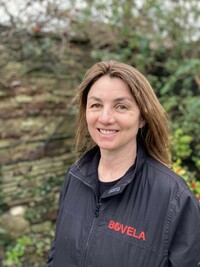
"No-one can stand aside and tolerate these losses or run a herd that is at risk of being infected with this virus," Dr Milnes remarks. "And, in spite of the best intentions, through screening and bio-security, time and time again we see naïve and vaccinated herds suffer devastating BVD breakdowns. For naïve herds, this is usually as the result of an unpredicted bio-security breach.
"For vaccinated herds, it tends to be where the timing of vaccine administration has gone awry, something easily done with the more complex killed vaccine protocols, especially for year-round calving herds," she says.
The 2021 National BVD Survey showed that farmers in every home nation - Scotland, England, Wales and Northern Ireland - had been caught out by vaccine timing protocols and had been forced to restart vaccination programmes3.
"Most commonly this was due to going beyond the 12-month window, followed by missing the six-month booster and getting the timing of the second vaccination wrong in killed vaccine protocols. And while the BVD virus could have crept in when a herd's protection was compromised leading to losses, it's also expensive to re-start a vaccine programme. Either way, opting for a live vaccine such as Bovela® which has a simple, single injection, more flexible protocol can make a busy life managing a herd, slightly easier. Talk to your vet to find out more," Dr Milnes concludes.

National BVD Survey - have your say
- 2024 is the seventh time the survey has run
- Over 1200 farmers responded to the 2021 survey
- Vital information on what is happening on-farm with BVD prevention and eradication
- Helpful for farmers, vets and policy-makers
- Whether you are in a nation with a compulsory voluntary control scheme, having a BVD control plan specific to your and its challenges is important
This post is funded by Boehringer Ingelheim
References:
1. Gwaredu BVD ( 2023) Voluntary Phase Summary 2017 -2022. Available at: https://bvd.ahww.cymru/workspace/uploads/files/bvd_impact-flyer_v16-compresse-64104277dce06.pdf [accessed 3rd January 2024].
2. Yarnall MJ, Thrusfield MV. (2017) Veterinary Record (13):347. doi: 10.1136/vr.104370.
3. Boehringer Ingelheim Animal Health (2021) National BVD Survey 2021.
Bovela® lyophilisate and solvent for suspension for injection for cattle contains modified live BVDV-1, non-cytopathic parent strain KE-9: 104.0-106.0 TCID50, Modified live BVDV-2, non-cytopathic parent strain NY-93: 104.0- 106.0 TCID50. UK: POM-V. Advice should be sought from the prescriber. Further information available in the SPC or from Boehringer Ingelheim Animal Health UK Ltd, RG12 8YS, UK. Tel: 01344 746957. Email:[email protected]. Bovela® is a registered trademark of Boehringer Ingelheim Vetmedica GmbH, used under licence. ©2024 Boehringer Ingelheim Animal Health UK Ltd. All rights reserved. Date of preparation: January 2024. BOV-0001-2024. Use Medicines Responsibly.








